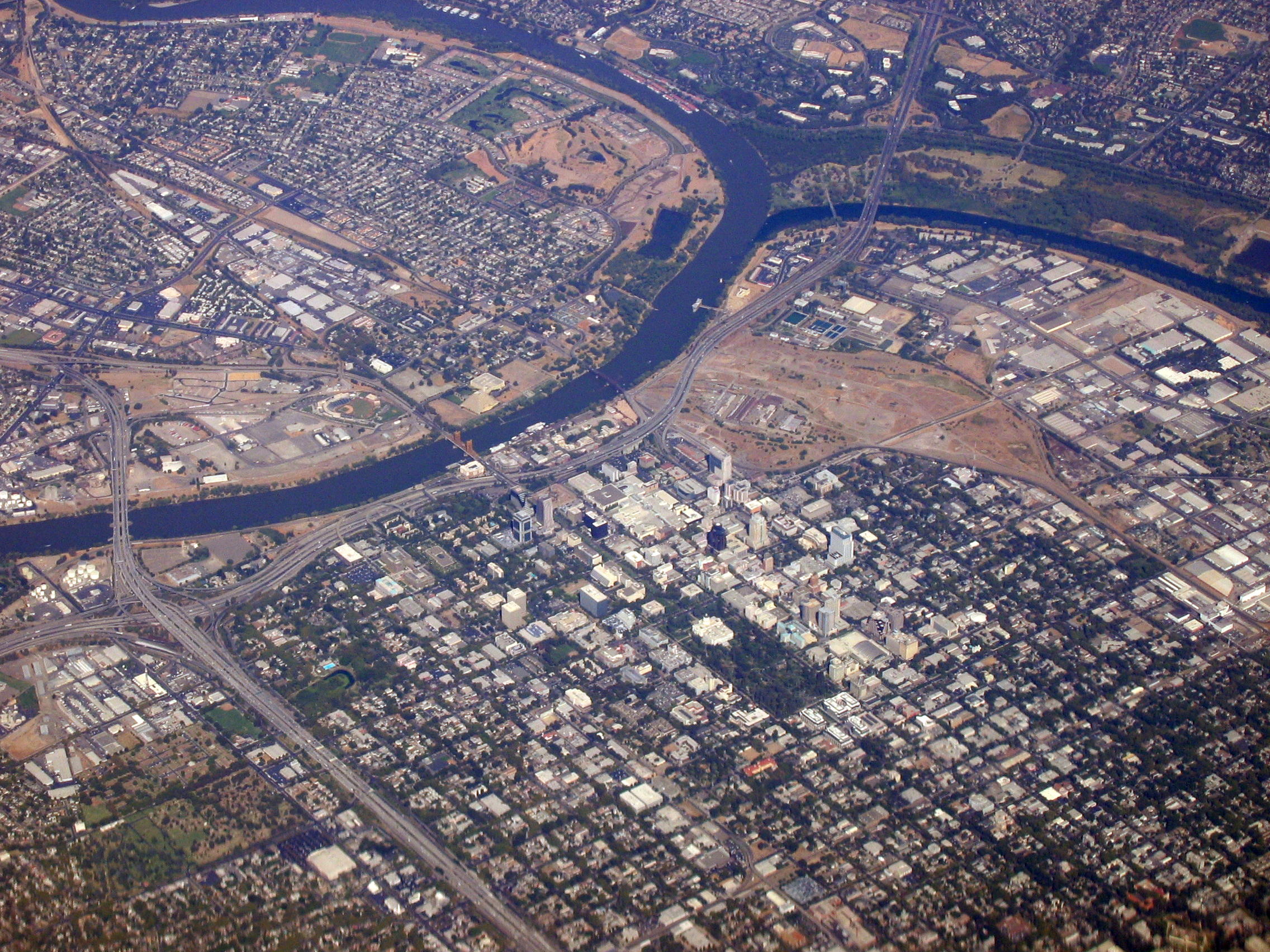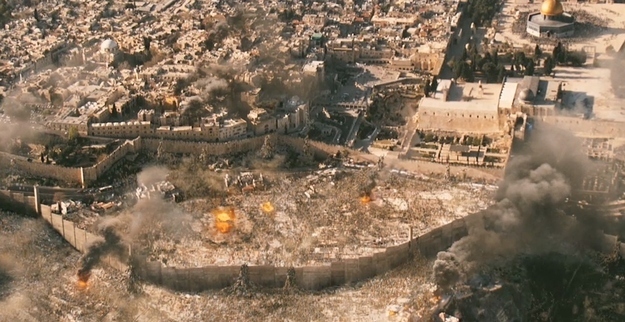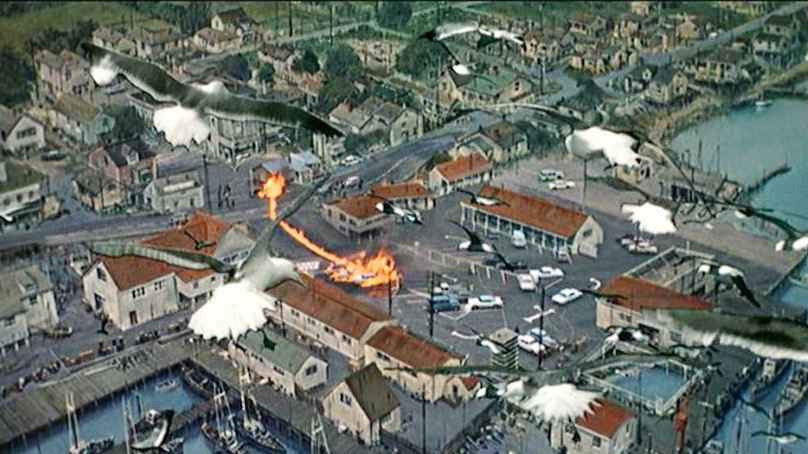The Filmmaker’s Handbook: What is an Aerial Shot?
From blimps or helicopters, rooftops or drones, the aerial shot is a classic camera movement recognizable by almost anyone with a basic knowledge of film composition. The term is self-defining: an variation of the crane shot, aerials are exterior shots taken from high in the air, covering a grand landscape of space, used to establish a sense of geography (known as an establishing shot), provide a sense of scale, serve as a film’s opening or ending, or to render a subject small and inferior by exaggerating their image of isolation.

This aerial shot of Sacramento used in American Beauty (1999) has a map-like quality, its purpose to establish a geographic location for the film’s setting while creating the context that our story concerns one small, suburban household that exists next to countless others like it.

World War Z (2013) utilizes a number of aerial shots to amplify the chaos of territories fallen to zombies, allowing us to see devastation on a grand scale.
Perhaps one of the most famous in cinematic history is the sweeping introduction of Robert Wise’s The Sound of Music (1965), wherein an aerial camera meets Julie Andrews for a mountaintop song. The shot accomplishes the simple but important function of establishing the grand beauty and majesty of the mountainous setting that inspires Maria’s exuberant vocalizations and plays a central role in the story that follows.
Aerial shots have been used since the start of film, but their popularity is greater than ever today, due to the availability of affordable drone-mounted cameras. Even if the film is not part of a big-budget franchise, achieving an aerial shot in open space no longer requires the expense of a helicopter or a huge crane, enabling filmmakers of all budgets the ability to capture expansive aerial shots with relative ease.
Meanwhile, big-budget blockbusters rely on eye-catching aerials to impress savvy audiences with breathtaking overviews of the visually stunning worlds we’re entering. Since many of these worlds are larger-than-life, these aerials shots tend to be coupled with CGI, using the natural footage as a backdrop for action which is added later. This example from Harry Potter and the Chamber of Secrets (2002) shows a blend of aerial shots with CGI (intercut with close-ups inside the car):
One popular variant of the aerial shot is known as a “bird’s eye” or “God’s eye” shot. These are aerial shots captured from almost directly overhead a subject, putting the audience in a God-like position of omniscience.

Alfred Hitchcock was fond of the grand aerial bird’s eye shot. One of his most notable uses comes in The Birds (1963), wherein Hitchcock literally captures a bird’s eye view of an exploding gas station. The audience is put in the position of the birds, the film’s antagonists, through this view.
It is important to note that while aerial shots are always outdoors, God’s Eye shots don’t have to be and therefore aren’t always aerial in nature. They can range from very high (as in the Hitchcock example) to just above the subject they look down on. As such, they are utilized in all sorts of settings. This video runs through a number of God’s Eye shots in various films:

